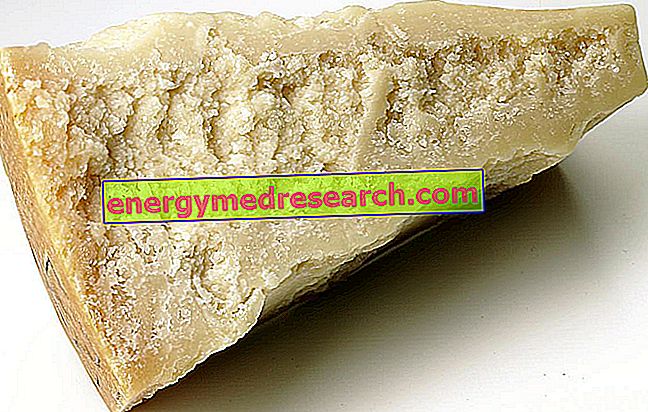
Have you ever wondered what is the origin of the white grains that are perceived under the teeth by eating some hard mature cheeses, such as grana padano or parmigiano reggiano?
Many mistakenly believe that they are grains of salt or a production defect. In reality, these are tyrosine crystals, an amino acid naturally present in milk.
Tyrosine crystals are a typical sign of a very aged cheese. In fact, during the seasoning the cheese caseins undergo a proteolysis process; so it happens that the amino acids that make it up are gradually released, giving the cheese particular flavors and hints, as well as increasing its digestibility.
Among the various amino acids there is also glutamic acid, which binds with the sodium present in the cheese to give the well-known flavor enhancer called sodium glutamate. The latter, therefore, develops naturally, while in the case of Parmesan and Grana Padano cheese, its addition to the milk of origin is absolutely prohibited.



